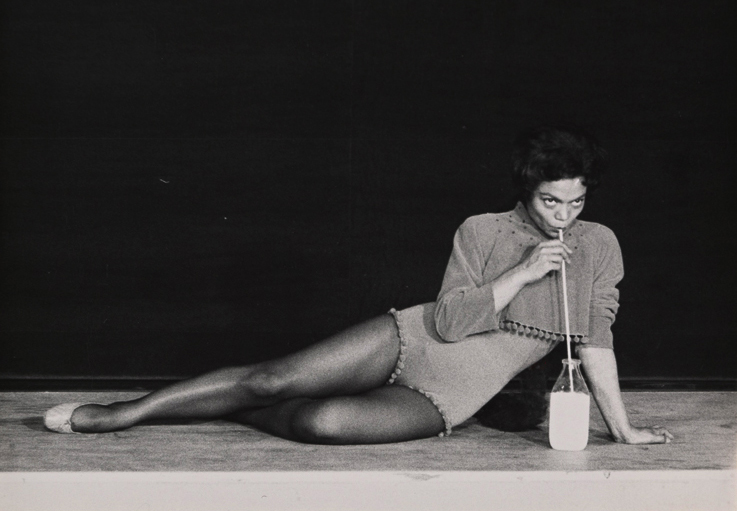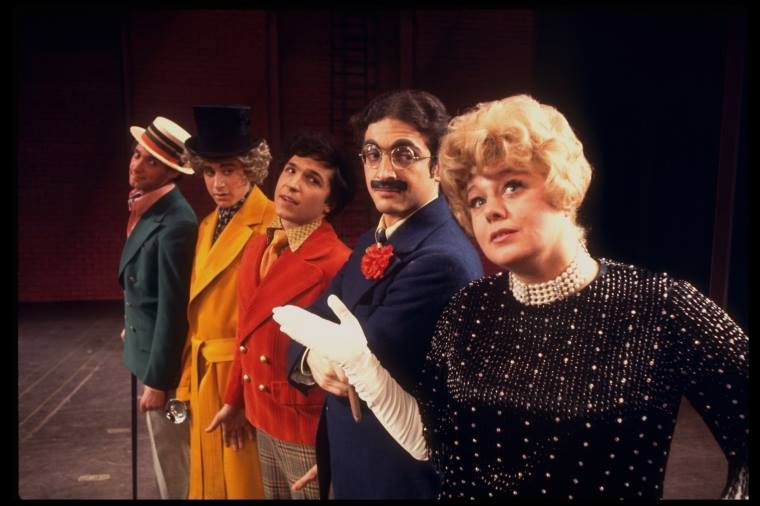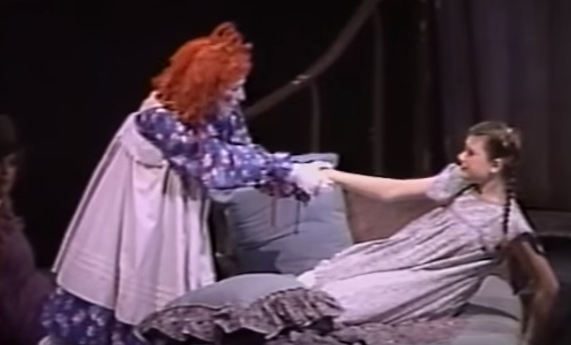
Cats and The Lion King have shown us that anthropomorphic felines can make for great theater and great box office. Yet long before Grizzabella’s ascent to the Heavyside Layer or Simba took his rightful place as king of Pride Rock, there was Shinbone Alley, a musical in which a sultry feline shared the stage with…an anthropomorphic cockroach!
Based on the stories archy and mehitabel by Don Marquis, the show was originally presented as an album released by Columbia Records (making it one of the first ever concept albums) with lyrics by a pre-Man of La Mancha Joe Darion and music by George Kleinsinger, best known for his children’s musical piece Tubby the Tuba (he was also a mentor to a young Stephen Schwartz. They lived in the same Long Island neighborhood). Eventually a wily young writer named Mel Brooks collaborated with Darion on an expanded libretto and the show was first presented as a concert at Town Hall. Then, in a major kamakazi mission, a Broadway production was mounted without either an out-of-town tryout or any previews. Comic actor Eddie Bracken reprised his role of the cockroach Archy, having already played the little insect on the concept album (which also featured Carol Channing and David Wayne) and, a full decade before she played Catwoman on Batman, Ertha Kitt as Mehitabel, the sultry alley cat (her understudy was Chita Rivera).
It’s one thing to have a singing cat and cockroach on a record and in a concert, but quite another to see two full grown adults playing a cat and especially a cockroach. The haphazard way the production was put together was also a recipe for disaster and director Norman Lloyd petitioned to have his name removed. Nothing if not imaginative, Shonbone Alleyonly lasted 49 performances. Yet the property did go on to have an afterlife. In 1960 a TV version was presented as part of David Susskind’s anthology series Play of the Week with Jules Munshin as Archy and Tammy Grimes as Mehitabel. Then in 1971 an animated version of Shinbone Alley was released, once again with Bracken as Archy and Carol Channing – who played the role on the original concept album – as Mehitable. The show is currently licensed under the title archy and mehitabel.








